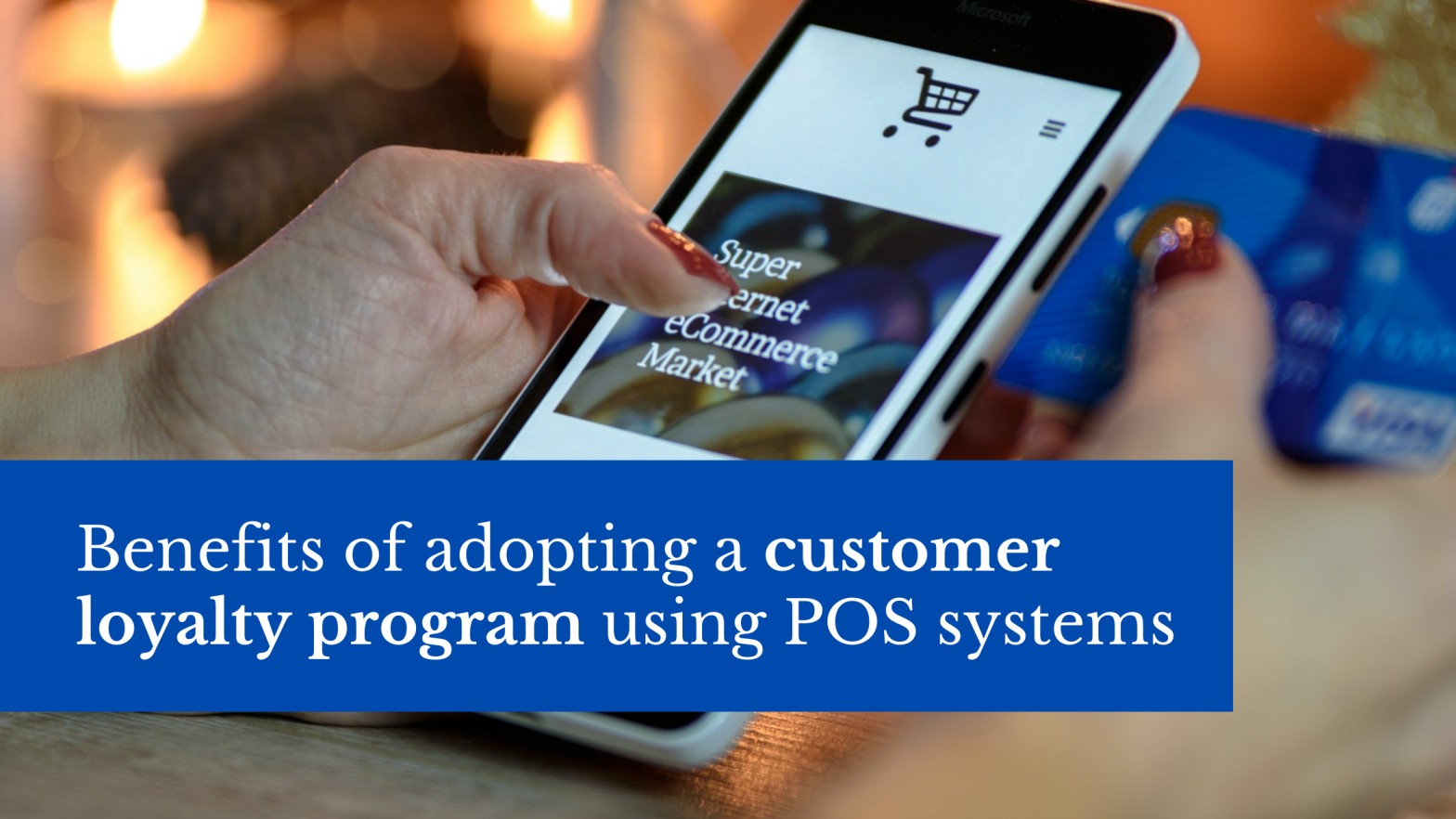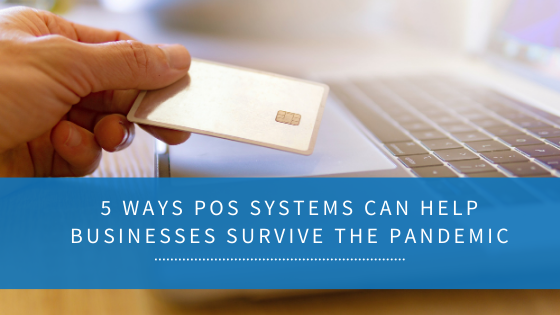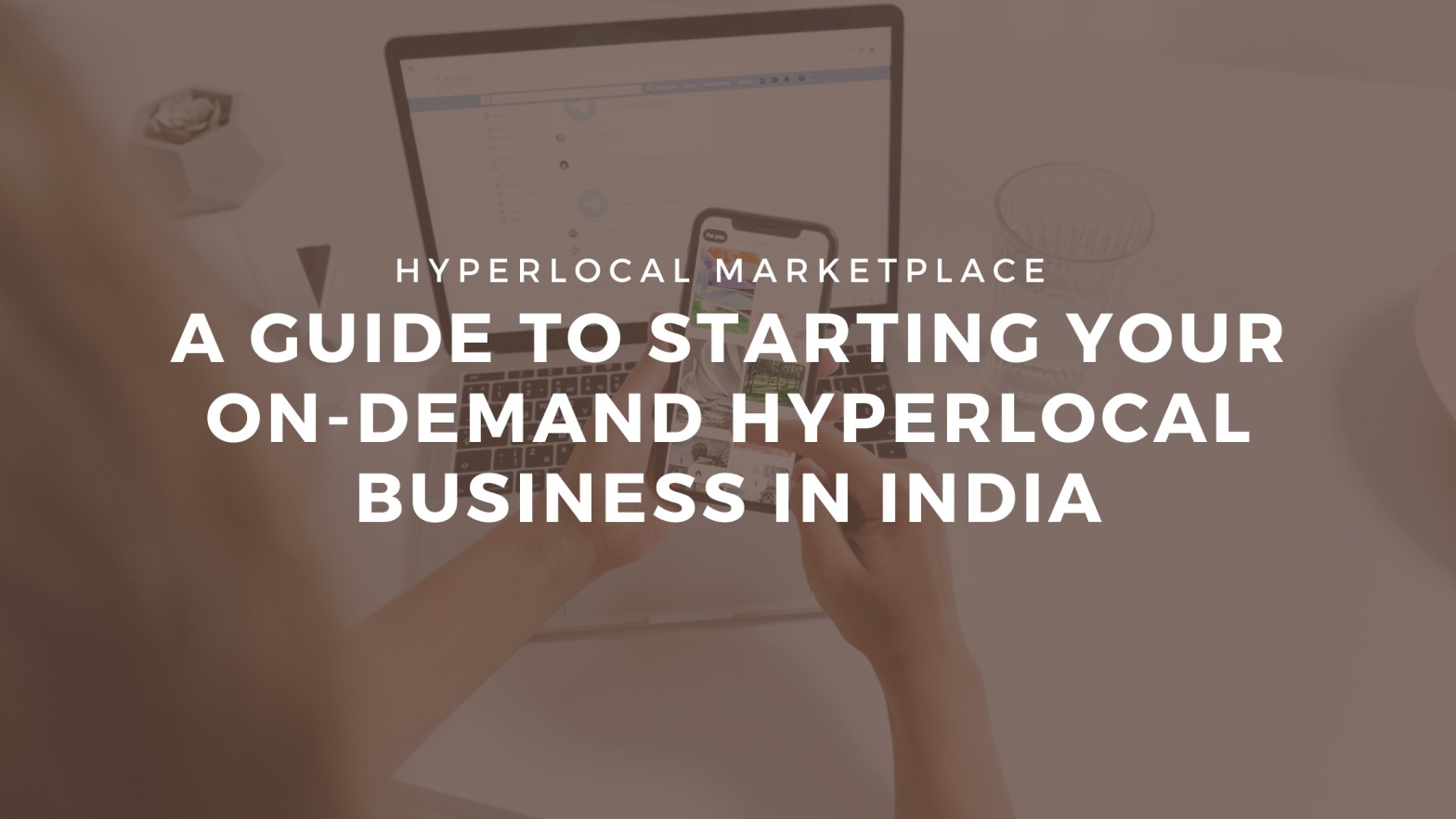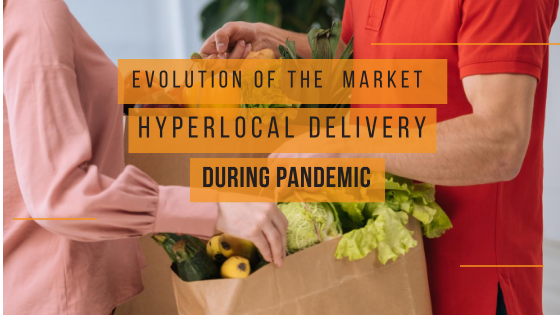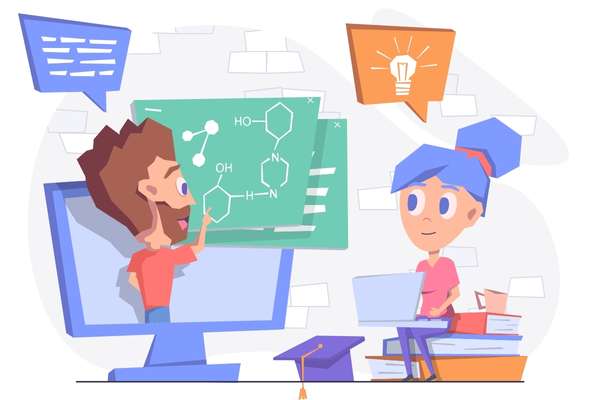
Why SMSs are trending for Payment Collection and Invoicing
- May 12, 2021
- 8:39 am
- payments
Coronavirus has had a significant impact on corporate budgets, affecting orders and sales for a wide range of industries. This has highlighted the importance of handling unpaid invoices, with one of the top targets being to make paying invoices convenient and straightforward for consumers. You can accomplish this by sending your invoices via text.
Table of Contents
The following are a few benefits of using SMSs for Payment Collection and Invoicing:
Make payments more convenient:
One of the most common methods of payment is via bank transfer, often because it avoids card transaction fees (which can be up to 3%). Payment by bank transfer is now easier with the increased popularity of banking apps. However, this method still requires input by the customer to log on to their banking app, and manually input the bank data of the payee’s account and invoice amount.
However, the customer must also log into their banking app and manually enter the bank data for the payee’s account and the invoice number. This makes payment cumbersome and adds complexity to the process. Card purchases made over the internet pose a similar situation. Talking to an IVR (interactive voice response) device or a human attendant and entering card information is normally needed. For the business to protect card security and comply with card security laws, this necessitates expensive agent time and/or systems.
Customers are increasingly using their mobile devices, making it inconvenient for them to take out their cards and manually enter information. Offering simple mobile card payment via email, on the other hand, removes these issues by reducing data entry and the need to connect with several systems to make a payment.
Make your invoices stand out:
Email is one of the most popular methods of communicating with distant customers. The email issue is that it is overused and trying to engage your customers with more email just makes things worse. Especially among the younger generation, emailed invoices are buried in cluttered inboxes or simply ignored as low priority. Reminder emails (as well as phone calls) can fall victim to the same fate, requiring additional time and effort from the company to coordinate and send.
Postal invoices are not any better, with notices often being overlooked or misplaced in the mail. It is also difficult to tell if your invoice arrived without a “read receipt” and therefore, capturing the customer’s attention becomes difficult. Although email and phone are still common, they are not where the growth is. Because of our mobile-first lifestyles, 90 percent of consumers now prefer to communicate with businesses through texts. Text excels at capturing the interest of consumers.
Consumers are 7 times more likely to read a text message from a company than they are to read an email. Customers who are always on the go love texting, and text messages enable them to communicate directly with you on the most valuable piece of digital real estate you have – your phone. As a result, SMS or text is a perfect way to get your invoice noticed by your mobile customers and it is almost certain to be seen almost as soon as it is sent.
Friction-less Payments:
Most accounting apps also have a “Pay” button inside an emailed invoice for paying by card, rather than navigating to a payment site manually. This normally takes the customer to a different tab, and if it cannot prepopulate card data, the customer will have to take their card out and manually enter them. This can be aggravating, particularly if the site is not set up to accept mobile data input.
Alternatively, allowing customers to pay directly from the invoice rather than being directed to a different payment page or site may minimize payment friction. Customers can easily review the bill, make any necessary adjustments to the invoice (e.g., address) while still on the same page, and pay without having to enter any additional information, think about it, or take any action.
The inclusion of “Pay” buttons offered by mobile wallets such as Apple Pay, and Google Pay is critical for facilitating simple and fast payment. After reviewing the invoice, busy customers can pay with a single click from the invoice tab. Payment is completed without the need to enter information such as name, address, card number, or PIN, minimizing payment friction and increasing the likelihood that the invoice will be paid when the customer receives it through text.
Increased Security:
Texting invoices has the added benefit of using a phone’s biometric security features to facilitate the use of mobile wallets. This removes the need for customers to enter confidential card information into payment sites for each order, lowering the risks of disclosing card information over the phone or online.
It is the future!:
Text (as well as other mobile messaging platforms like Messenger and WhatsApp) is conversational, making it perfect for chatbots. For more intelligent interactions with customers, these functions can be refined by increasing the use of natural language comprehension. Bots will save account workers considerable time in chasing clients and their unpaid payments without needing direct human intervention, in addition to assisting in the recovery of outstanding debts and boosting cash flow. The other major advantage is that payments are made almost immediately via the banks’ quicker payments network, allowing small businesses to increase their cash flow. Most card payments take at least seven days to reach a business’s bank account. With the ability to incorporate fast action buttons, photos, and videos, future developments in text and other messaging services can make business messaging even more appealing for customers.
The worlds of payments and communications are rapidly evolving, and emerging technology will assist in streamlining the payment process for consumers, ensuring that invoices are paid on time, and reducing the burden that comes with nonpayment for small business owners.
MIMO technologies have recently launched payment collection and invoicing services through SMS delivery. A few benefits of adopting our software model entail:
- Bulk invoices support
- One-click payment
- Multi payment mode
- Channel choice
- One-stop solution
- Unlimited scalability
- High compatibility with existing systems
- Setup hassle-free payment mode
Like this article?
More To Explore

What Factors Should Organizations Consider Before Outsourcing Their Internal Audit Functions?
+91 1141182211 Outsourcing has become a strategic choice for many organizations looking to streamline operations, reduce costs, and enhance efficiency.

Outsourcing Internal Audit: Evaluating the Upsides and Downsides for Your Organization
+91 1141182211 In today’s dynamic business environment, companies face increasing pressure to enhance efficiency, manage risks effectively, and ensure compliance

A Background Verification Guide: Frequently Asked Questions and Their Answers
+91 1141182211 Background verification (BGV) is a crucial process used by employers to ensure they are hiring candidates with accurate








